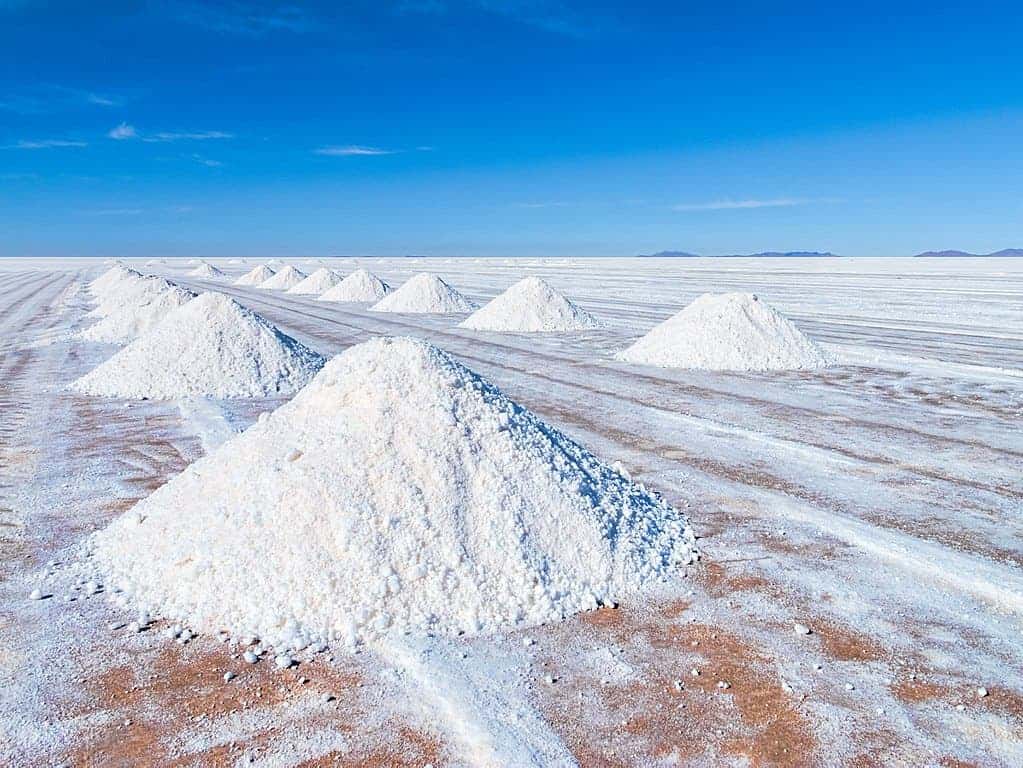A group of scientists from the United States has created a new technique that uses magnetic nanoparticles to “invisibly” extract minerals, including lithium, from wastewater. They are already working with industry leaders to test their method, which would help to make lithium extraction cost-effective and reduce US reliance on lithium imports.

Lithium is used for many electronic and energy technologies, including lithium-ion batteries that power everything from phones to electric vehicles. The demand for lithium grows every year, but very little is produced in the US. Most of the resources are concentrated in the so-called “lithium triangle” in Argentina, Bolivia, and Chile.
That’s why this new technique developed by researchers from the Department of Energy’s Pacific Northwest National Laboratory (PNNL) could be a valuable opportunity not only to produce lithium and other critical minerals for the world’s energy transition but also to do it faster, cheaper and with fewer environmental impacts, the team said.
The race for critical minerals
Obtaining minerals such as lithium and cobalt relies on outdated extraction processes that are energy-intensive, create toxic waste and consume a lot of water. All these minerals are currently in high demand for everything from electric vehicles to wind turbines. Demand for lithium, for example, is expected to increase 40-fold by 2040.
“Current approaches for lithium extraction from water, for example, require a processing step that pumps large volumes of water, thousands of gallons a minute, through an ion exchange filtration system, making it both energy-intensive and expensive,” said Pete McGrail, one of the scientists working at the PNNL laboratory.

This new technique uses magnetic nanoparticles surrounded by a shell that latches onto the metals found in water that is used in industrial processes. This includes water taken from the subsurface during oil and gas production in the US, which has plenty of lithium that’s currently going to waste and could instead be taken advantage of.
The researchers estimate that if 25% of the lithium from wastewaters in the US and Canada were collected, it would equal the current annual worldwide production of the mineral. Lithium could also be obtained from the water in geothermal power plants. A recent study showed that geothermal plants along the Salton Sea could have a big potential, in this regard.
Once the minerals attach to the particles, they can be collected in just a few minutes with the help of a magnet, the researchers explained. Best of all, after the lithium and the other minerals are extracted, the particles can be used again. This is much better than conventional extraction methods, which pump groundwater into evaporating ponds.
“By using the magnetic nanoparticles to attach to the lithium particles in solution, we expect the resulting concentrate to be in a purer form, thereby reducing the cost of further processing, and this will take out more than half the cost,” Jerry Mills, CEO of Moselle, a company which has licensed the tech and plans to pilot it, said in a statement.



